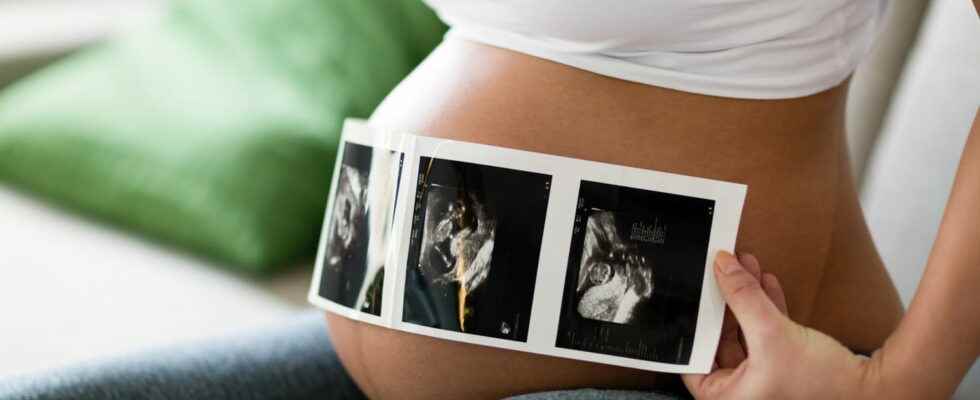Baby has decided to do as he pleases! Rather than appearing upside down, it is installed in the uterus as in a hammock. Is a cesarean delivery compulsory? Can we help him turn around? The answers of Anh-Chi Ton, midwife.
To designate the position of the baby in the uterus, we speak of presentation.. “This term refers to the first part of the baby’s body that will cross the pelvis. We are therefore talking about cephalic presentation when the baby’s head is positioned down. When her feet or buttocks come first, it’s a breech presentation“explains Anh-Chi Ton.
What does baby mean in transverse?
Baby adopts a horizontal position
While most babies present head first, in some cases baby adopts a horizontal position. His head on the left, and his feet and buttocks on the right, for example. It is then said that it is transverse, or in a transverse position. This presentation is rare and represents only 1% of births.
What are the causes of a transverse baby?
In most cases, we do not know why baby adopts this transverse position. If logic would indeed want the baby to come upside down, he adopts the position that suits him best… and there also comes a stage of pregnancy when it becomes very difficult for him to turn around. “Nevertheless, it sometimes happens that we find a cause, for example if there is a huge fibroid or a malformation of the uterus“says the midwife.
Why does the transverse baby cause me pain?
The weight of the baby being really distributed over the entire width of the abdomen when the baby is in transverse position, the future mother can indeed feel pain, especially when the pregnancy progresses. Sacroiliac and back pain are therefore frequent.
Baby in transverse and contractions
If the transverse position of the baby can be painful for the mother-to-be, it is however not associated with a higher risk of contractions during pregnancy.
When baby is in a seat, or in a transverse position, we can try to perform what is called a version by external maneuver. A manipulation that consists of helping the child to turn over by gently manipulating it through the abdominal wall. This maneuver is carried out by the midwife or the gynecologist, in the maternity ward, because it happens in some cases that it causes contractions and triggers childbirth. It is also for this reason that we do not produce a version before 36 or 37 SA, once the threshold of prematurity has been exceeded. If the version is not painful for either the baby or the mother, it can nevertheless be unpleasant. “In the case of a transverse baby, it’s a little easier because there is only a quarter turn to make for the head to position itself downwards.“, adds Anh-Chi Ton. Note, however, that the manipulation is not always successful!
Generally, mothers-to-be whose baby is transverse feel it, and sometimes even see it. It is sometimes enough to observe the baby’s movements to visualize a foot or a head! When baby rolls over, they usually feel relief. But the only way to confirm that baby is no longer transverse is to do an ultrasound.
Pregnancy: when can baby no longer turn around?
A priori, a baby can roll over until the last moment. Although it obviously becomes more difficult as the birth approaches. “We like to have confirmation on the ultrasound of the 32 weeks that the baby is head down. If not, we’ll reschedule an ultrasound. in the following weeks.“, specifies the midwife. But most babies will turn over on their own between the 7th month and delivery.
On this point, the midwife’s verdict is final: a vaginal birth is impossible when the baby adopts this horizontal position. “The baby in transverse cannot pass at all, it is therefore essential to perform a caesarean section“she explains.
Thanks to Anh-Chi Ton, midwife
